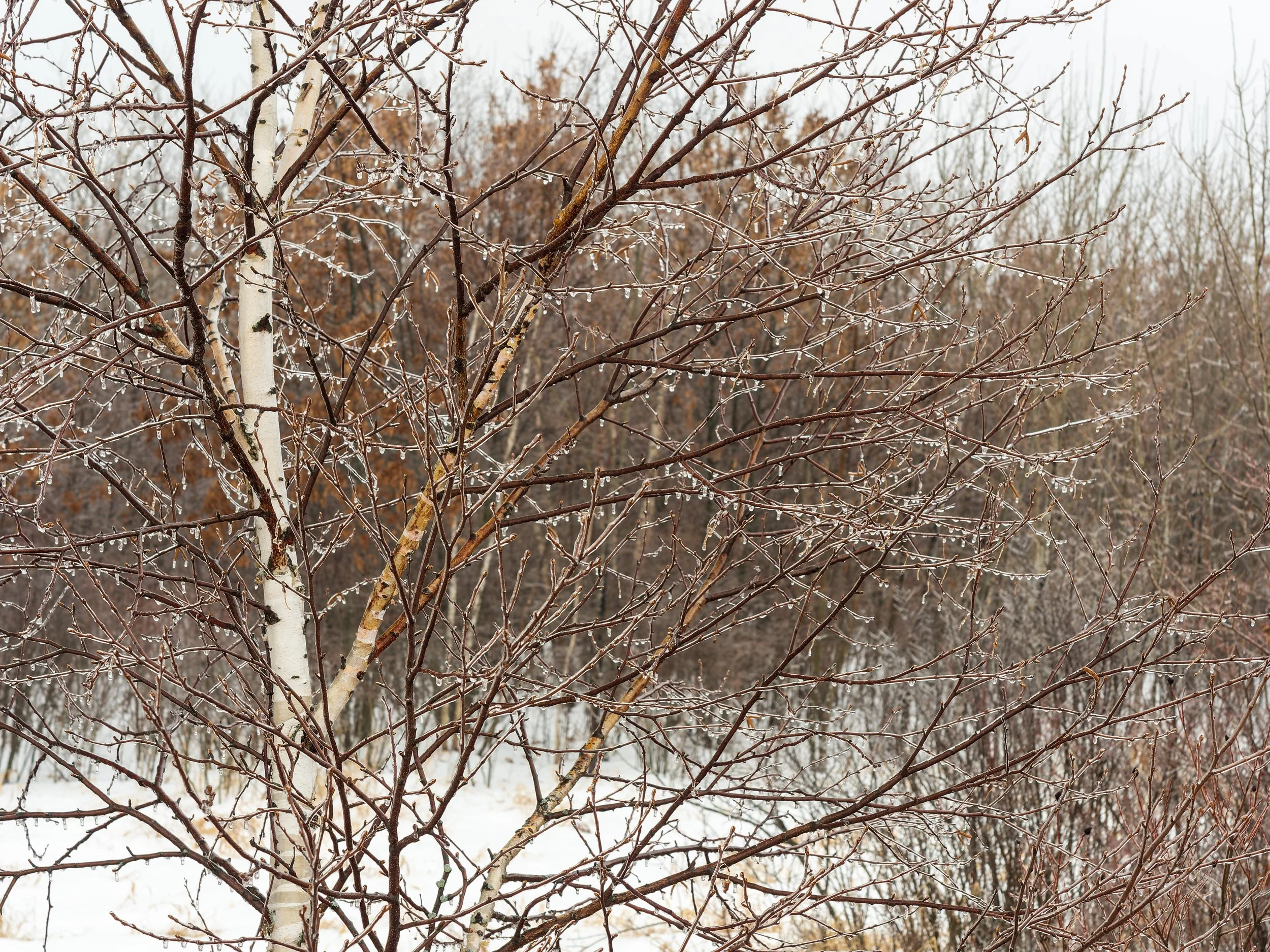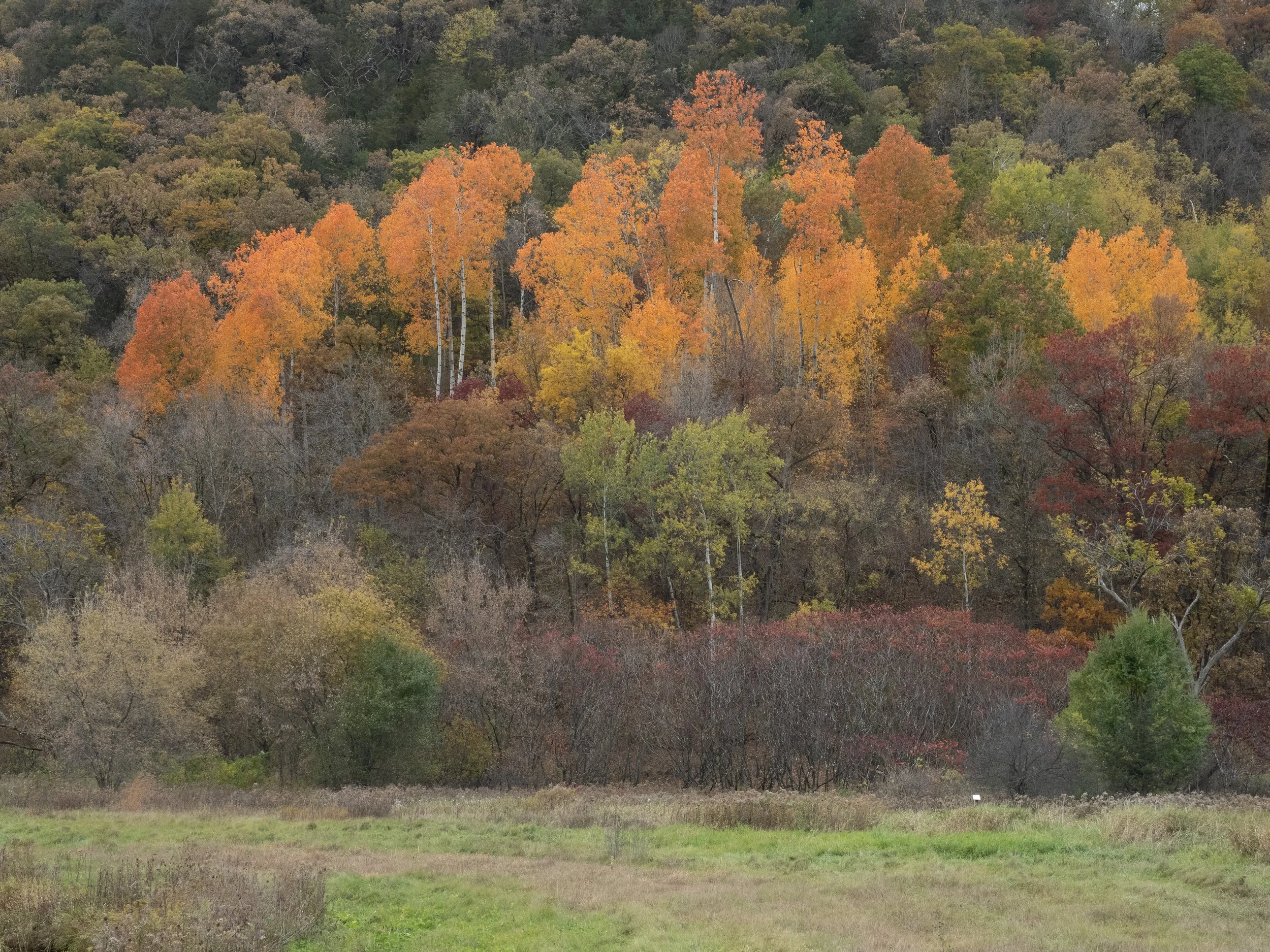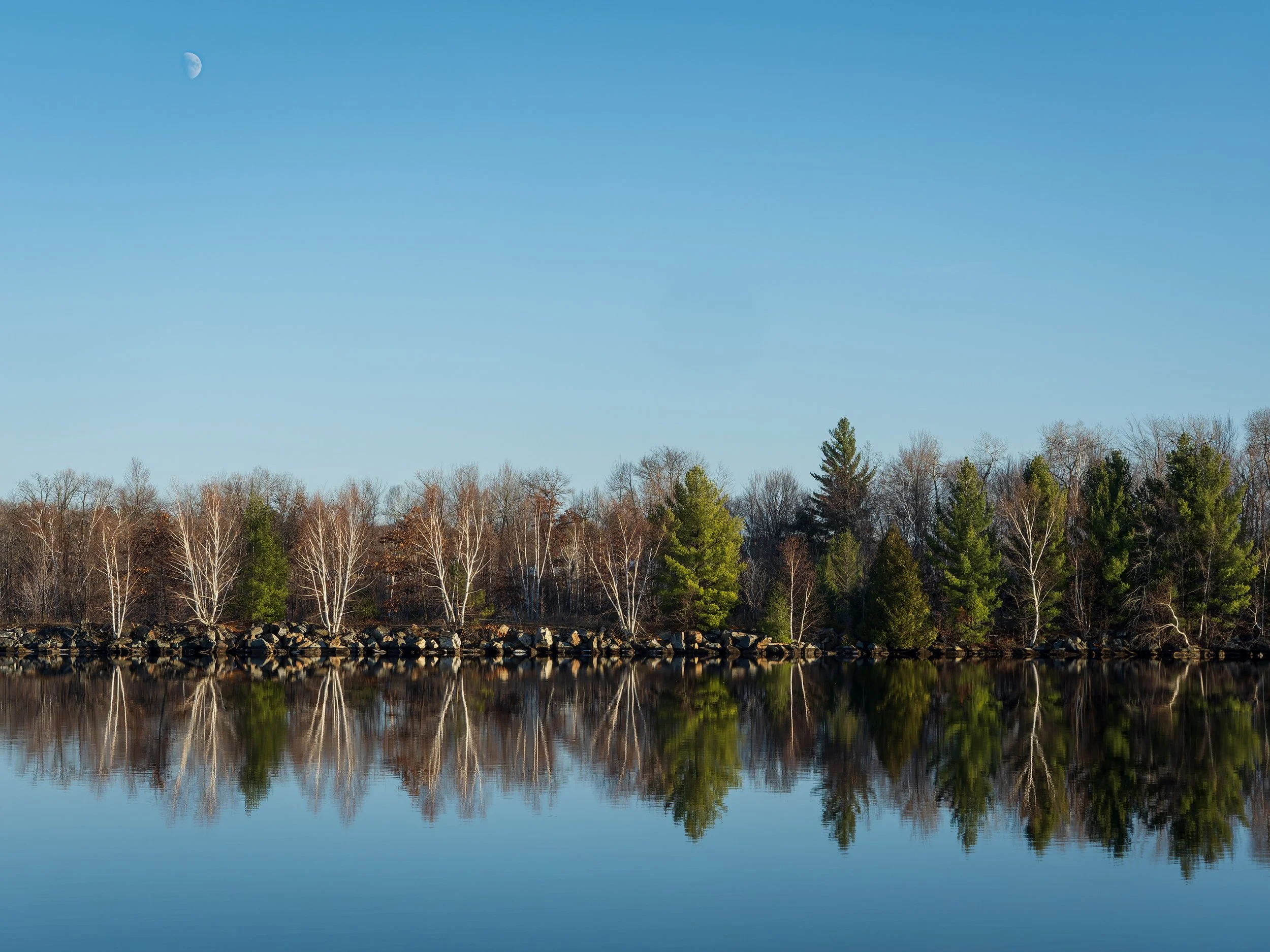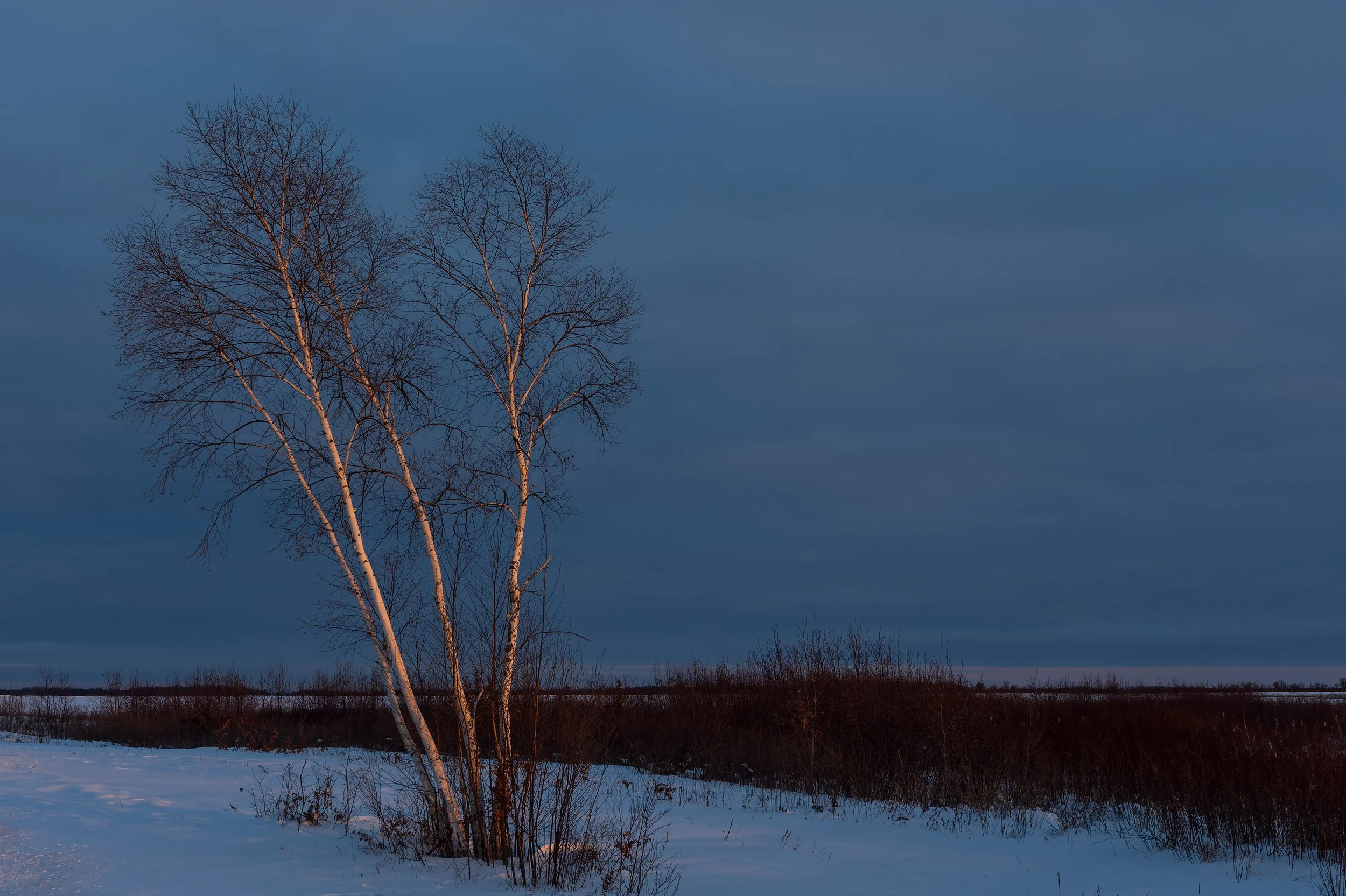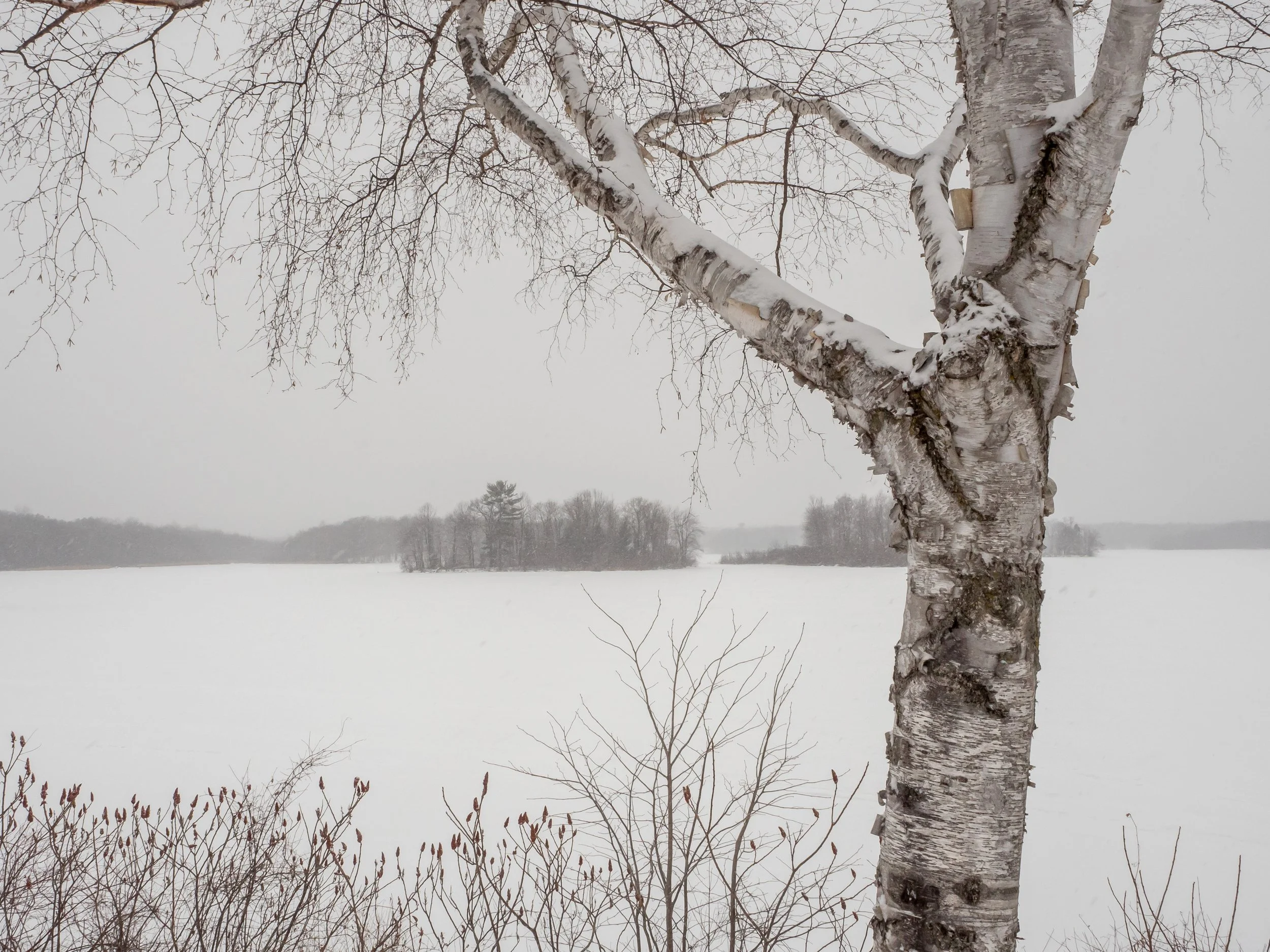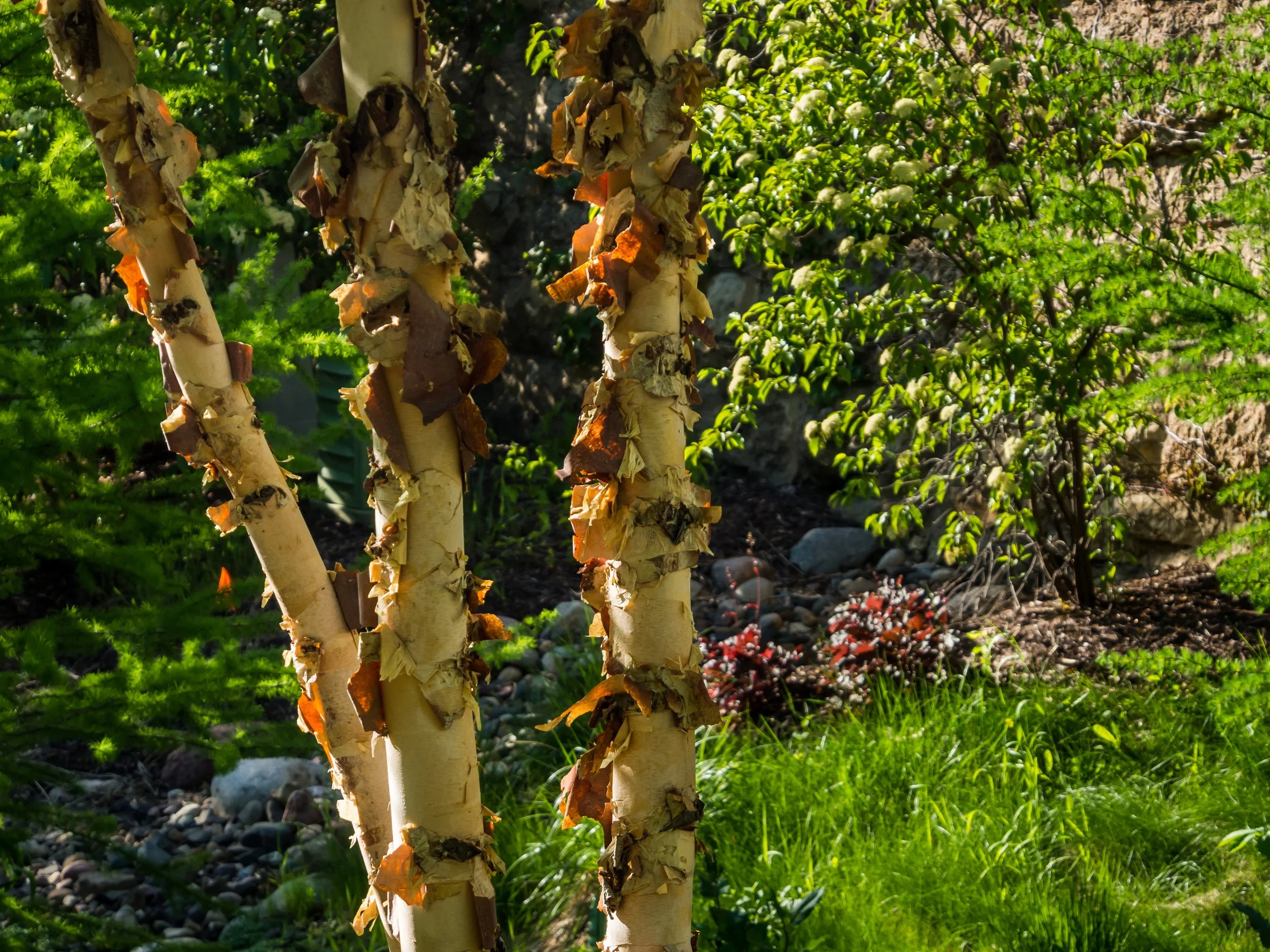Paper Birch
I’ve been writing a series on what I think of as the iconic trees of Wisconsin’s Chippewa River Valley; the eastern white pine, sugar maple, and paper birch. I’ve previously written about the eastern white pine and the sugar maple. Today I write about the paper birch.
For most of the 10,000 years since the last ice sheet retreated from Wisconsin and the Chippewa River Valley, the only means of transportation were on foot and via the many rivers and lakes. In the north woods of Wisconsin, through which the Chippewa River flows, the main (if not the only) watercraft were birchbark canoes.
The Native Americans, Ojibwe at the time of first European contact, used birch bark for the skin of the canoes. The first Europeans into the area were French explorers, priests, and fur traders. The fur trade depended on larger, birch bark canoes to handle rougher and bigger waters like the Great Lakes and carry larger, heavier loads. Smaller canoes were used on smaller rivers and lakes and for smaller loads. Whether large canoes on the Great Lakes or small canoes on the rivers, the watercraft were canoes crafted using the bark of paper (or white) birch.
"The convenience of these canoes is great in these waters, full of cataracts or waterfalls, and rapids through which it is impossible to take any boat. When you reach them you load canoe and baggage upon your shoulders and go overland until the navigation is good; and then you put your canoe back into the water, and embark again." *
the bark canoe was "the most beautiful and light model of all the water crafts that ever were invented" **
The last ice sheet reached its maximum southward limit about 22,000 years ago. At that time, plants adapted for colder climates like the paper birch were confined in refuges in Alaska and the southern Appalachian mountains. After 22,000 years ago, as the ice sheets retreated north; plants, animals, and humans followed. The first trees to colonize the newly exposed landscape were those of the boreal forest like spruce and fir. At first European contact in the 17th Century, the forests in northern Wisconsin were dominated by red and white pine. These forests were extensively logged around 1900. Pioneer species like aspen and birch replaced the pines.
The paper birch (Betula papyrifera) is a deciduous species whose native range is confined to northern North America and includes all of Wisconsin. It is a pioneer species that colonizes areas disturbed by wildfire or clear-cutting. Its light seeds are blown into disturbed areas and sprout quickly. The cold-tolerant trees grow to a height of about 66 feet and a 30-inch diameter.
Paper birch bark is weather-resistant and waterproof because of its high oil content. It’s good material for the skin of a canoe and containers like those for storing maple syrup. It was also used to cover Native American dwellings. Today, paper birch wood is used for veneers, plywood, pulpwood, furniture, and flooring. It is a popular decorative tree for landscaping. Timber harvesting in much of northern Wisconsin is done on a sustainable basis since the tree grows rapidly and can grow in many types of soil.
The various parts of the tree–bark, leaves, seedlings, buds, sap–are used by moose, whitetail deer, snowshoe hares, grouse, porcupines, birds, and small mammals. Moose depend on the birch for browsing in the winter even though it is not very nutritious.
* René de Bréhant de Galinée, a French missionary who explored the Great Lakes in 1669, from the Wikipedia article
**George Catlin, American painter, author and traveler, from the Wikipedia article


